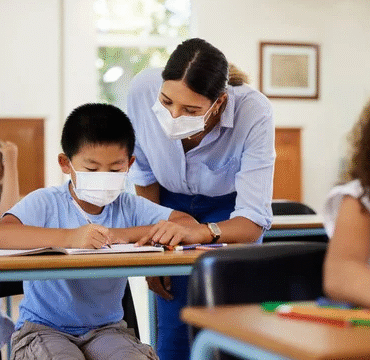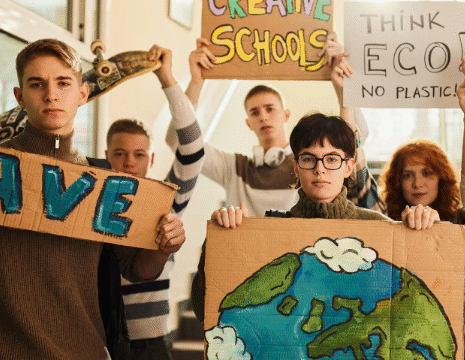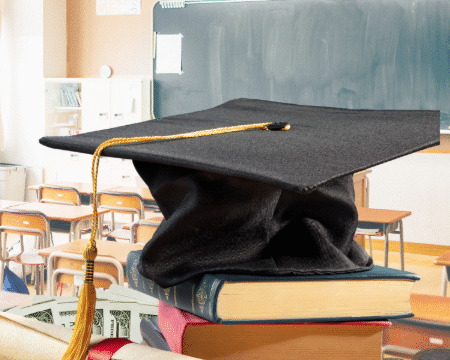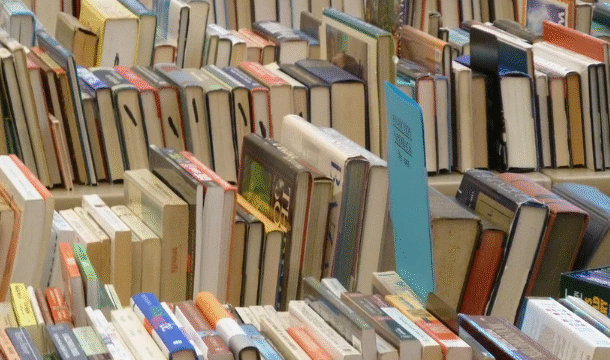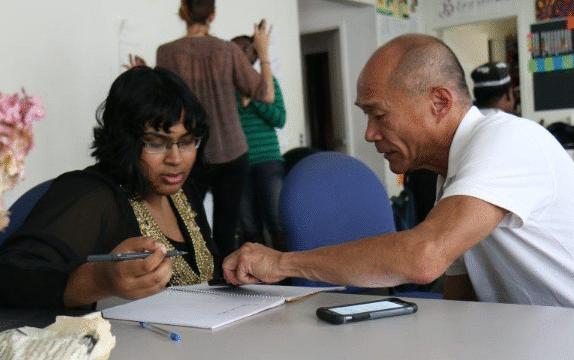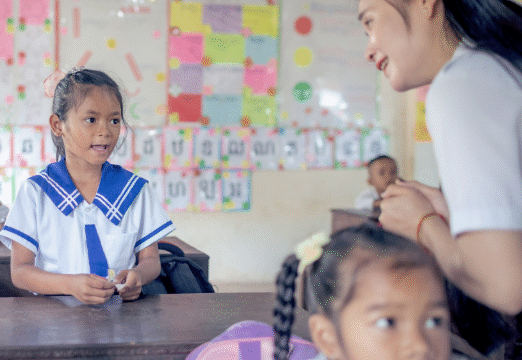The idea of education for all often begins with one simple
but powerful tool: the textbook. For generations, textbooks
have been the foundation of learning in classrooms worldwide,
shaping young minds and guiding teachers through structured lessons. Yet for many students and families, especially in low-income or underserved communities, textbooks remain out of reach because of high costs. When learners do not have access to the materials they need, their chances of succeeding are diminished before they even begin. That is why the movement toward providing free textbooks has gained momentum as a critical step in making education equitable, inclusive, and accessible to all.
At first glance, the issue of textbooks may seem small compared to broader challenges like school infrastructure or teacher training. However, textbooks are often the most immediate and practical resource students need to keep up with lessons, complete assignments, and study independently. A classroom without textbooks can leave learners dependent solely on what a teacher says during lectures, which can create unequal opportunities for understanding and retention. Free textbooks, whether printed or digital, ensure that every learner has the same chance to engage with the curriculum, reinforcing the belief that education is a universal right rather than a privilege.
The cost of textbooks is a major barrier. In many countries, families must purchase books each year, which places a heavy burden on households already struggling to meet daily needs. Parents sometimes have to choose between buying food or paying for school materials. In wealthier nations, college students face a similar challenge, as the rising cost of textbooks can add thousands of dollars to the price of higher education. When students cannot afford the required books, they often attempt to share, borrow, or make do without them, leading to stress and reduced academic performance. Making textbooks freely available is therefore not only about reducing costs but also about lifting the psychological weight that comes with financial strain.
Governments and educational institutions have recognized this challenge and are increasingly seeking ways to make free textbooks a reality. Some countries have national policies that ensure free basic education includes textbooks provided by the state. This approach treats textbooks as essential educational infrastructure, much like desks, classrooms, or teachers. Other initiatives focus on open educational resources, often called OER. These are textbooks and learning materials created by educators, scholars, or institutions that are freely available for anyone to use, adapt, and distribute. With the support of digital technology, OER has made it possible to share high-quality resources with students around the globe at little or no cost.
Digital textbooks are one of the most promising solutions in the quest for free access. Unlike traditional printed books, digital versions can be updated more easily, distributed instantly, and accessed through computers, tablets, or even mobile phones. For schools in rural or resource-limited areas, digital textbooks reduce the logistical challenges of printing and shipping. They also allow for interactive features, such as embedded videos, quizzes, and illustrations, which can enhance the learning experience. At the same time, it is important to acknowledge that digital access is not universal. Some communities still lack reliable internet connections or devices. For these areas, printed textbooks remain indispensable, and efforts to provide free materials must balance both digital and physical formats.
Teachers also benefit from free textbooks. Having a reliable set of materials allows them to focus on creative lesson planning rather than worrying about whether every student has the necessary resources. Free textbooks create consistency across classrooms, ensuring that students in different schools or regions are learning from the same core content. This consistency helps teachers collaborate, share strategies, and adapt materials to suit their students’ needs. For new educators, free textbooks can serve as a strong foundation, giving them confidence as they grow into their teaching role.
Beyond the classroom, the availability of free textbooks plays a role in promoting social equity. When children from all backgrounds have access to the same learning materials, education becomes a more level playing field. This reduces gaps between students from different economic backgrounds and fosters a sense of fairness. Over time, equal access to textbooks can contribute to breaking cycles of poverty, as well-prepared students are more likely to continue their studies, succeed in exams, and pursue careers that lift both themselves and their families. Education, after all, is a proven driver of opportunity, and textbooks are a critical part of that journey.
There are inspiring examples from around the world of how free textbooks are transforming education. In some African nations, government partnerships with donors have allowed millions of free textbooks to be distributed to schools, dramatically improving student performance. In the United States, the rise of open educational resources has saved college students billions of dollars in textbook costs, making higher education more accessible. Countries like Finland and South Korea provide textbooks for free as part of their commitment to universal education, demonstrating that it is possible to build systems where learning materials are not an extra expense but a guaranteed right.
Still, challenges remain. Funding is always a concern, as providing free textbooks requires upfront investment from governments, institutions, or charitable organizations. Ensuring quality is another issue, since poorly designed or outdated textbooks can limit learning even if they are free. Moreover, cultural and linguistic diversity must be respected, as textbooks created in one context may not fully reflect the experiences or languages of students in another. These challenges, however, are not insurmountable. With collaboration between educators, policymakers, and communities, free textbooks can be developed in ways that are relevant, inclusive, and adaptable.
The role of communities in this effort cannot be overlooked. Parents, local leaders, and civil society groups can advocate for free textbooks, raise awareness about their importance, and even contribute to developing localized content. Universities and educators can participate by writing and publishing open resources. Technology companies can help by providing platforms for distribution and offering low-cost devices. When multiple sectors come together, the goal of free textbooks for all students becomes far more attainable.
Looking ahead, the movement toward free textbooks is not simply about reducing costs but about reimagining education as a public good. By eliminating barriers to essential resources, we take a step closer to ensuring that every child, regardless of where they live or how much their family earns, can pursue learning with dignity and confidence. Textbooks may seem like ordinary objects, but in the hands of a student, they represent opportunity, empowerment, and hope for a brighter future.
The promise of education for all cannot be realized without addressing the basic tools students need to learn. Free textbooks are not a luxury or an optional add-on; they are a key to opening doors of knowledge for millions. As more governments, schools, and communities embrace this idea, the dream of universal education comes within reach. By ensuring that no student is left without the materials required to learn, we make a powerful statement that education truly belongs to everyone.

